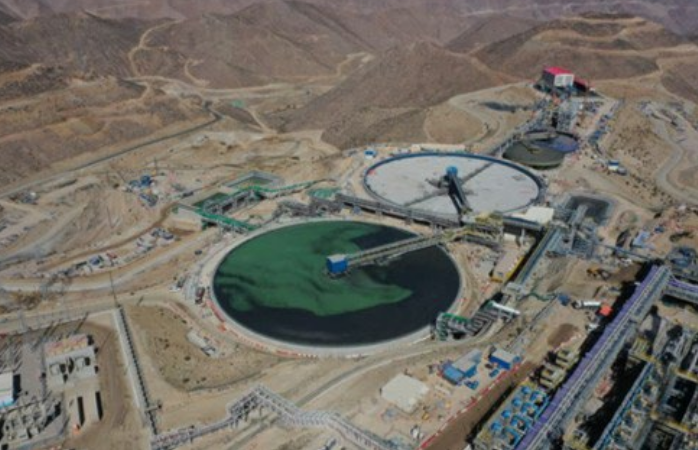On June 3, 2025, Peru’s Minister of Energy and Mines announced that the country expects to produce 2.8 million tonnes of copper this year, a modest increase over 2024 output. The projection is supported by approximately $4.8 billion in mining investment, underscoring Peru’s continued role as a cornerstone of global copper supply. Early production figures show that the sector began the year on solid footing, with first-quarter output rising about 4% compared to the same period last year. Industry analysts see this as evidence that major producers remain confident in Peru’s regulatory environment and infrastructure, even as external and internal risks persist.
However, this cautiously optimistic forecast comes amid mounting challenges from illegal and informal mining. Soaring gold prices have triggered a surge in illegal operations in regions like Pataz, where unregulated activities have led to violence and social instability. At the same time, informal copper mining is spreading into formal concession areas in Apurímac and Arequipa. Although informal copper production is still relatively small in volume, it complicates environmental management, strains community relations, and undermines the predictability that large-scale investors rely on to commit capital. Government officials have acknowledged that these trends, if left unchecked, could jeopardize production targets and long-term sector credibility.
These developments highlight a fundamental truth: Peru’s mining growth depends as much on social license to operate as on geological reserves or investment flows. As informal miners assert their demands through protests and blockades, the government faces mounting pressure to find a balanced solution that upholds legal standards while providing realistic paths to formalization. Sustained community dialogue, credible enforcement, and transparent benefit-sharing will be essential to maintain trust and stability. Without these measures, even modest gains in production risk being overshadowed by escalating conflicts that can disrupt supply chains and erode the sector’s legitimacy.

